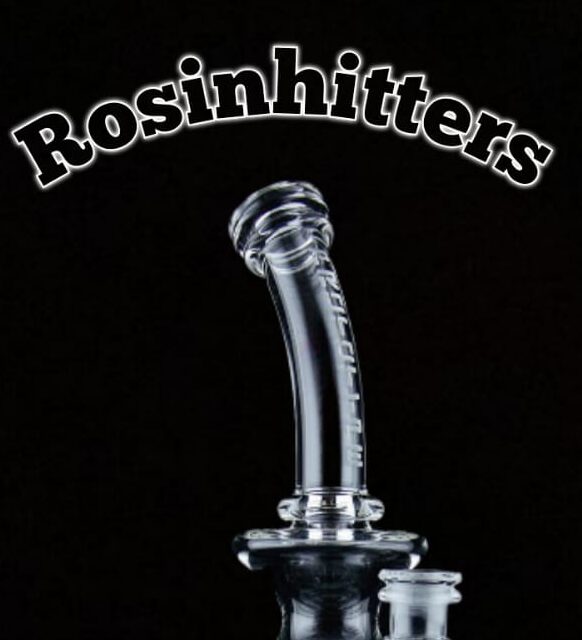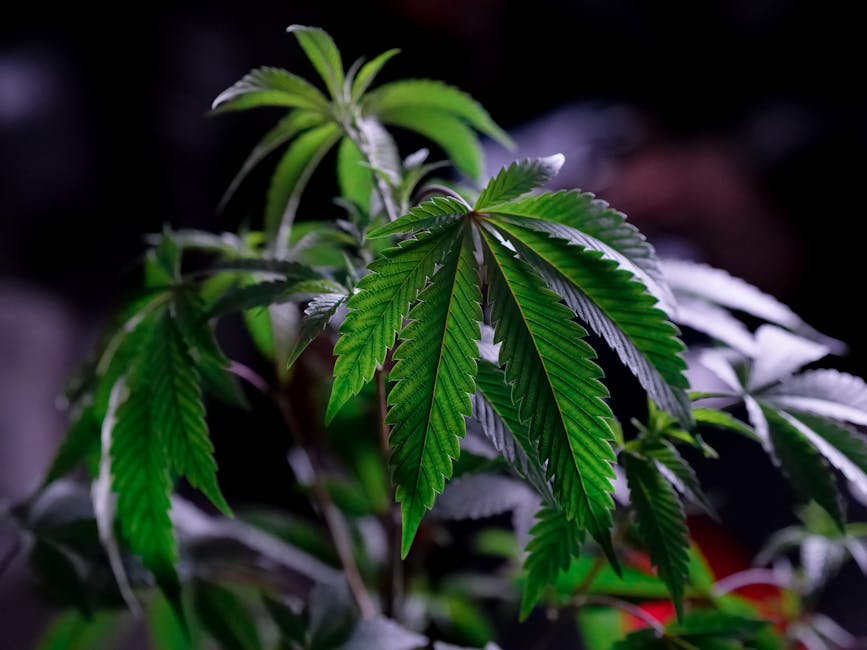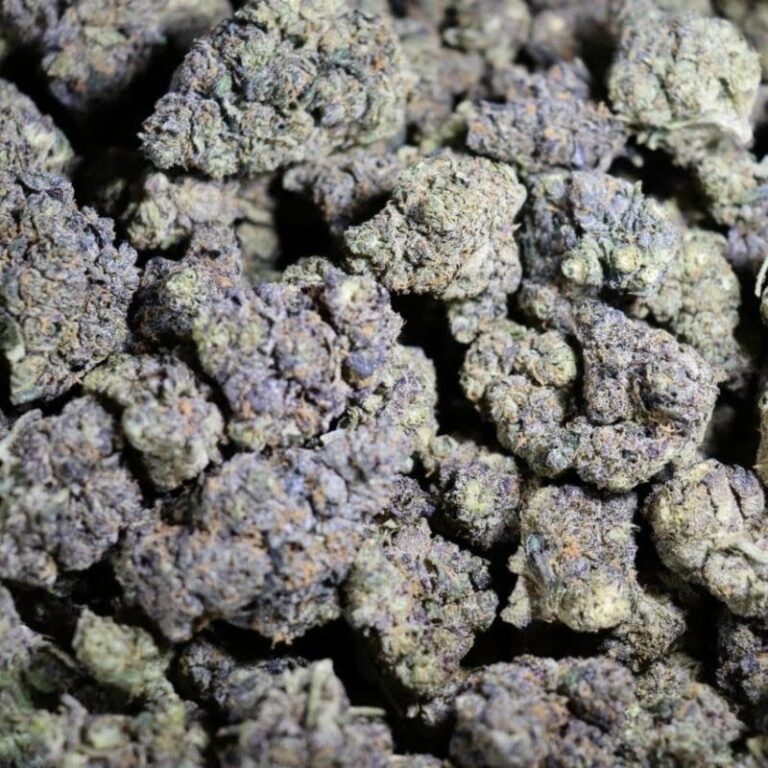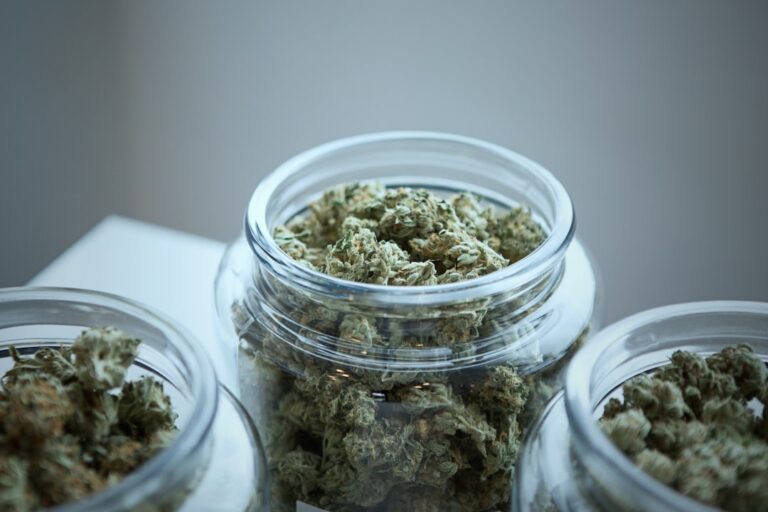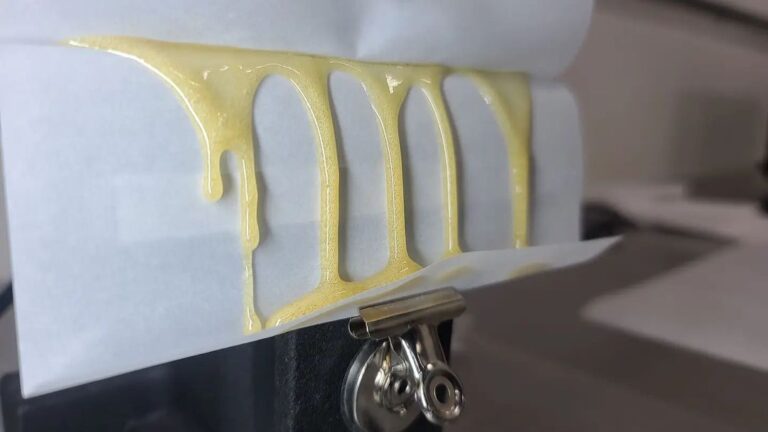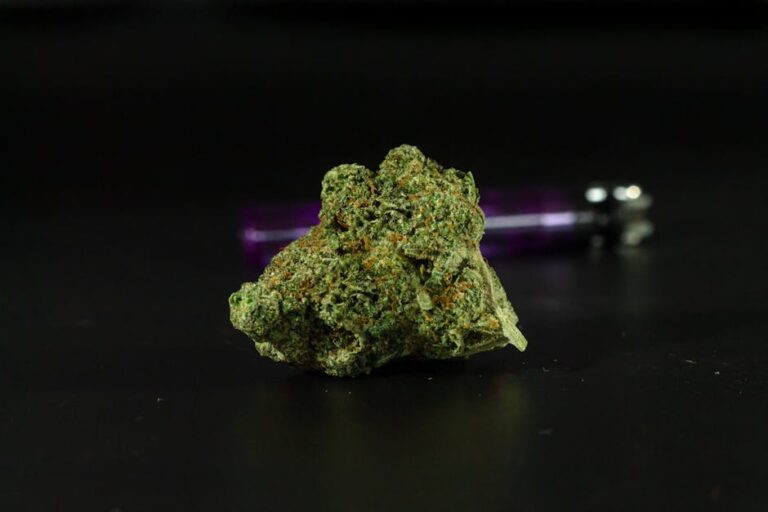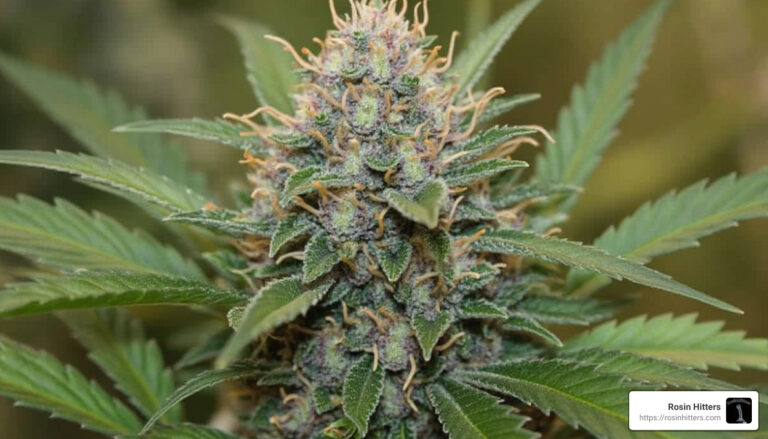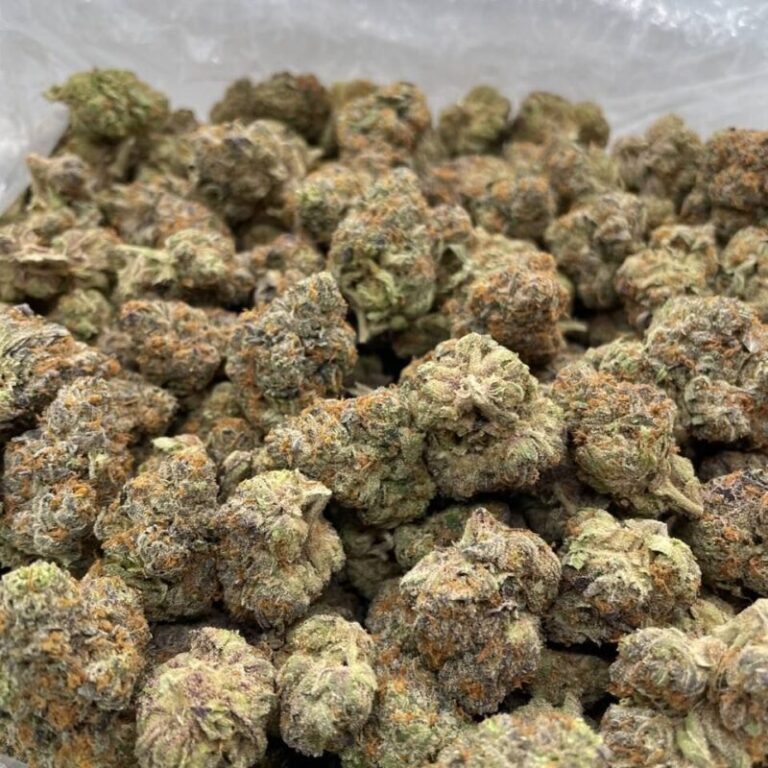Solvent vs Solventless Extraction: Top 3 Proven Benefits
Solvent vs solventless extraction represents a key choice in cannabis extracts. At the core, the difference boils down to how the desired compounds—primarily cannabinoids and terpenes—are extracted from the cannabis plant. Here’s a quick distinction to understand:
- Solvent-Based Extraction: Uses chemical solvents like butane or CO2 to extract compounds, which can lead to more varied textures (think shatter and wax) and higher efficiency for large-scale production. However, it requires thorough purging to ensure no harmful residues remain.
- Solventless Extraction: Relies on mechanical techniques (such as rosin pressing and ice water methods) to collect trichome heads. These methods are prized for retaining the plant’s natural flavors and offering a purer product without chemical contaminants.
Cannabis extracts, whether solvent-based or solventless, have become some of the most sought-after products in the market. They offer a potent and flavorful experience, but each extraction method has its pros and cons. Solventless options, for instance, appeal to those like Alex, who seek a cleaner, more authentic cannabis experience. On the flip side, solvent-based extracts can be tempting for those looking for consistency and options in product texture.
As the cannabis industry continues to evolve, understanding these methods helps enthusiasts make informed decisions custom to their preferences.

Understanding Cannabis Extraction Methods
Cannabis extraction is all about capturing the most valuable compounds in the plant—cannabinoids and terpenes. These compounds are found in the trichomes, tiny, crystal-like structures on the surface of cannabis flowers. Let’s explore how different extraction methods work to harness these compounds.
Solvent-Based Extraction
In solvent-based extraction, chemical solvents like butane, ethanol, and CO2 are used to dissolve the trichomes and extract the desired compounds.
- Butane Hash Oil (BHO) is a common product of this method, known for its potency and variety of textures, such as wax and shatter.
- Ethanol is often used for tinctures and full-spectrum extracts, capturing a broad range of cannabinoids and terpenes.
- CO2 extraction is favored for its safety and environmental benefits, producing high-quality oils without leaving toxic residues.
While solvent-based methods can efficiently process large quantities of cannabis, they require careful purging to remove any residual solvents. This ensures the final product is safe for consumption.

Solventless Extraction
Solventless extraction methods skip the chemicals and use mechanical processes to separate the trichomes from the plant material. This results in a cleaner product, free from chemical contaminants.
- Rosin pressing uses heat and pressure to squeeze the resin out of the plant. This technique is gaining popularity for its simplicity and ability to produce high-quality extracts like full melt oil.
- Ice water extraction involves agitating cannabis in ice water to detach the trichomes, which are then filtered and dried to make bubble hash.
- Dry sift uses screens to manually separate trichomes, creating a fine powder known as kief.
These methods preserve the plant’s natural profile, offering a purer and often more flavorful experience. They appeal to those who prioritize a chemical-free product and the preservation of the plant’s natural essence.
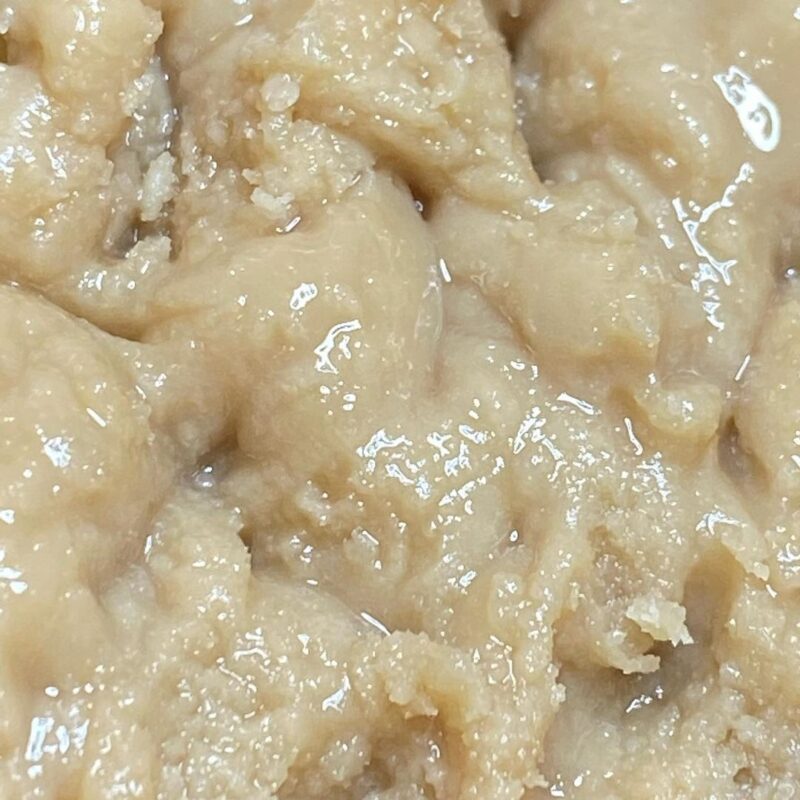
Each extraction method has its unique advantages and challenges. Solvent-based techniques offer efficiency and scalability, making them ideal for large-scale operations. In contrast, solventless methods provide a more natural and potentially safer option, appealing to those seeking purity and authenticity in their cannabis experience.
Solvent vs Solventless Extraction: Key Differences
When it comes to solvent vs solventless extraction, understanding the key differences in purity, safety, efficiency, and yield is crucial.
Purity and Safety
Solventless extraction methods are celebrated for their purity. Since they don’t involve chemicals, there’s no risk of residual solvents in the final product. This makes them a top choice for consumers who want a chemical-free experience.
In contrast, solvent-based extraction uses chemicals like butane, ethanol, or CO2 to pull cannabinoids and terpenes from the plant. While effective, these methods can leave behind trace amounts of solvents if not purged properly. This raises concerns about safety and purity, especially for health-conscious users.

Efficiency and Yield
When it comes to efficiency, solvent-based extraction often takes the lead. The use of solvents allows for quick extraction, maximizing the yield of cannabinoids and terpenes. This makes it ideal for large-scale production, where speed and quantity are priorities.
However, solventless methods focus more on preserving the plant’s natural profile. Techniques like rosin pressing and ice water extraction prioritize cannabinoid preservation, maintaining the integrity of the terpenes and trichomes. While this can result in lower yields, the quality of the extract is often considered superior.
In the end, the choice between these methods depends on what you’re looking for. If you prioritize speed and high yields, solvent-based might be your go-to. But if purity and a natural product are your main concerns, solventless extraction could reign supreme.
Popular Solventless Extraction Techniques
When it comes to solventless extraction, there are a few standout techniques that have gained popularity due to their effectiveness and purity: rosin pressing, ice water extraction, and dry sift. Each method has its unique process, but all share the common goal of preserving the natural compounds of the cannabis plant.
Rosin Pressing
Rosin pressing is a straightforward yet powerful technique. It uses heat and pressure to extract the essential oils from cannabis flowers, kief, or hash. This method is chemical-free, making it a favorite for those seeking a pure and natural product. The process involves placing the cannabis material between two heated plates and applying pressure. The result is a full melt oil known as rosin, which is rich in cannabinoids and terpenes.
This method is accessible to both home enthusiasts and small-scale producers. With the right equipment, like a compact rosin press, anyone can produce quality rosin without needing solvents or complex machinery.
Ice Water Extraction
Ice water extraction, also known as bubble hash production, is another popular solventless method. This technique leverages the power of trichome separation. By mixing cannabis with ice-cold water, the trichomes become brittle and break off from the plant material. The mixture is then filtered through a series of mesh bags, each with different micron sizes, to separate the trichomes from the plant matter.
The end product is bubble hash, a potent form of hash that can be further pressed into rosin if desired. This method is celebrated for preserving the plant’s natural profile, resulting in a product that’s both flavorful and potent.
Dry Sift
Dry sift is a simple yet effective method for collecting kief, which is the resinous trichomes from the cannabis plant. This technique involves screen filtering, where cannabis is sifted through a series of screens with varying mesh sizes. As the plant material is gently agitated, the trichomes fall through the screens, leaving behind a fine powder known as kief.
Kief can be consumed as is or pressed into hash or rosin. This method is particularly appealing because it doesn’t require any solvents or water, making it one of the purest forms of cannabis extraction.
Overall, these solventless techniques offer a range of options for extracting the valuable compounds from cannabis. Whether you’re a home user or a small-scale producer, these methods provide a way to create high-quality, chemical-free concentrates.
Frequently Asked Questions about Solvent vs Solventless Extraction
When diving into cannabis concentrates, it’s natural to have questions about the different extraction methods. Here, we address some common queries about solvent vs solventless extraction.
Are solventless extracts better?
Solventless extracts are often praised for their trichome preservation and natural product quality. Since these methods do not use chemical solvents, they maintain the plant’s original profile, including a full spectrum of cannabinoids and terpenes. This can lead to a more authentic experience, preserving the natural flavors and effects. Many consumers, especially those using cannabis for medicinal purposes, prefer solventless products due to their chemical-free nature and the assurance that no residual solvents remain in the final product.
What is the difference between solvent and solvent-free?
The terms “solvent” and “solvent-free” can be confusing. Solvent-based extractions use chemicals like butane or ethanol to dissolve and extract cannabinoids and terpenes from the cannabis plant. These products then undergo a purification process to remove the solvents. However, trace amounts can sometimes remain.
On the other hand, solvent-free extracts start with solvent-based methods but are further refined through processes like distillation to remove all solvent residues. The end result is a product that is free of solvents, although it was initially extracted using them. This distinction is important for consumers who wish to avoid any chemical exposure, even if the final product is technically solvent-free.
What are the main forms of solventless extracts?
Solventless extraction methods yield some of the most popular and pure forms of cannabis concentrates. Here are the main types:
- Rosin: Created by applying heat and pressure to cannabis material, rosin is a potent and flavorful extract. It’s appreciated for its simplicity and purity, as it requires no solvents.
- Bubble Hash: Produced through ice water extraction, bubble hash is valued for its trichome-rich content. It’s a versatile product that can be used on its own or further processed into rosin.
- Dry Sift: This method involves sifting cannabis over screens to collect kief, the resinous trichomes. Dry sift is pure and potent, offering a concentrated form of the plant’s active compounds.
These solventless extracts offer a variety of options for those seeking a natural and chemical-free cannabis experience.

These FAQs aim to clarify the differences and advantages of solventless extraction methods, helping you make informed decisions about your cannabis products.
Conclusion
At Rosin Hitters, we are passionate about providing the highest quality solventless cannabis concentrates. Our commitment to purity and flavor ensures that each product delivers an authentic cannabis experience. By using advanced rosin press technology, we can extract the full spectrum of cannabinoids and terpenes without the use of chemical solvents. This results in a cleaner, safer, and more flavorful product.
Solventless extraction methods, such as rosin pressing, offer numerous benefits. They maintain the plant’s natural profile, ensuring that none of the valuable compounds are lost or altered. This approach not only preserves the integrity of the cannabis but also aligns with the growing consumer demand for natural and chemical-free products.
In the changing cannabis industry, the choice between solvent-based and solventless methods is significant. While solvent-based extraction can be efficient for large-scale operations, solventless techniques like ours provide an best level of purity and quality. This distinction is crucial for consumers, especially those using cannabis for health and wellness.
As the industry continues to grow, Rosin Hitters remains at the forefront, championing solventless methods. We believe that the future of cannabis concentrates lies in these natural processes, and we are dedicated to leading the way with innovation and excellence. Whether you’re a personal enthusiast or a commercial producer, our solventless products offer a superior option for those seeking the best in cannabis concentrates.
Explore our live rosin products to experience the difference that solventless extraction can make.
